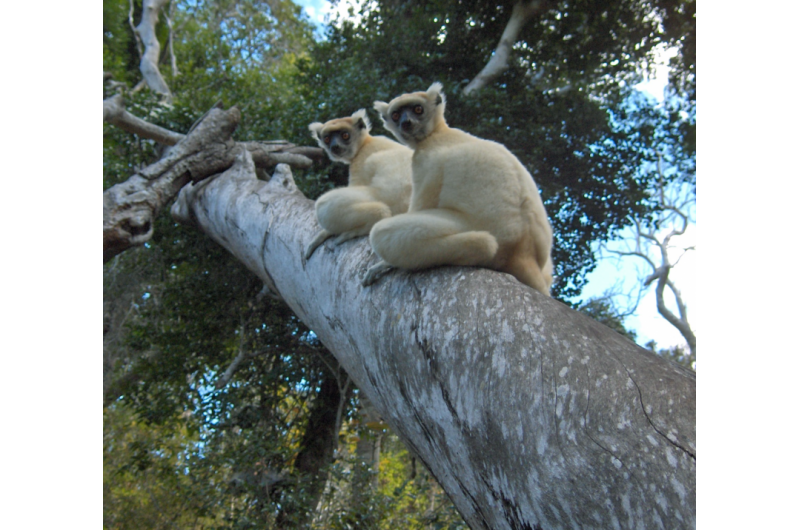Social structure matters in species conservation

Many animal species, including humans, live and breed in groups with complex social organizations. The impact of this social structure on the genetic diversity of animals has been a source of disagreement between scientists. In a new study now published in the latest edition of the scientific journal PNAS, Barbara Parreira and Lounes Chikhi from Instituto Gulbenkian de Ciencia (IGC; Portugal) show that social structure is important to maintain the genetic diversity within species. The researchers provide a new mathematical model that can be used by population geneticists and ecologists to better predict how social groups will influence the way species maintain genetic diversity and evolve, and ultimately help in the conservation of species.
Like families, where individuals of different gender, age and dominance live together, several groups of insects, birds and mammals form a well-defined social structure. Being part of a group can be extremely beneficial to animals as a way to obtain food, defend themselves from predators or cope with environmental changes. But it can also bring disadvantages, such as an increased risk of catching diseases or parasites. Geneticists usually consider that due to the small size of social groups, these are at high risk of losing diversity and becoming inbred. However, these predictions are not always consistent with the field observations carried out by ecologists, who found high-diversified groups. So what is the role of these "families" in terms of genetic diversity?
The study conducted by Barbara Parreira and Lounes Chikhi now reconciles these two fields. The research team developed a model with well-defined parameters, and included information about social structure. By using genetic and ecological data, the researchers simulated populations, with different mating strategies. Their results show that social structure is highly efficient in maintaining diversity within individuals in social groups. The researchers believe this model better reflects the complexities of social species - in comparison to other models that do not consider the social organization of populations - and thus allows field biologist to test specific predictions about the effects of sociality.
Lounes Chikhi, who is also a Senior Researcher at the French CNRS, says: "Population geneticists tend to use simple models to represent the complexity of real species. For some questions this is probably the best solution. We need simple and general models with few parameters. However, when one wants to understand what is happening in the field, we also need models that are more easily related to the real world. The work done by Barbara is important, as it provides a framework and a simulation tool that many ecologists and conservation biologists will be able to use."
Barbara Parreira, a PhD candidate of Lounes Chikhi's laboratory, adds: "With this framework we show that social groups, despite being small groups of related individuals, are extremely effective in maintaining diversity. It is actually within these groups that the genetic diversity of a whole population is primarily preserved. Maintaining them is probably one of the most important things when conserving a species."
More information: Parreira B, Chikhi L (2015) On some genetic consequences of social structure, mating systems, dispersal, and sampling. PNAS, DOI: 10.1073/pnas.1414463112
Journal information: Proceedings of the National Academy of Sciences
Provided by Instituto Gulbenkian de Ciencia




















